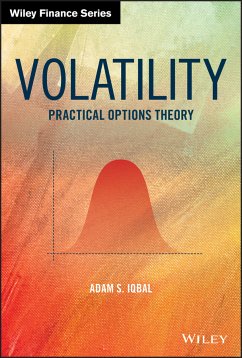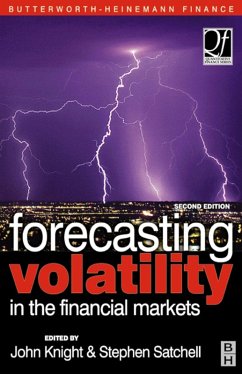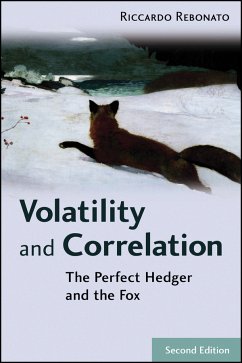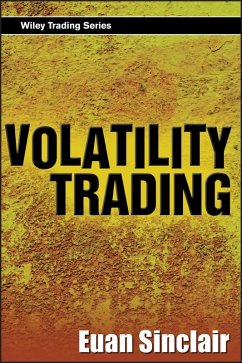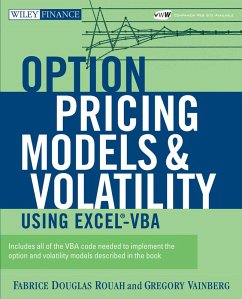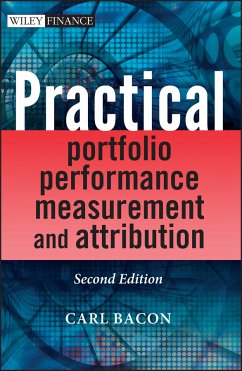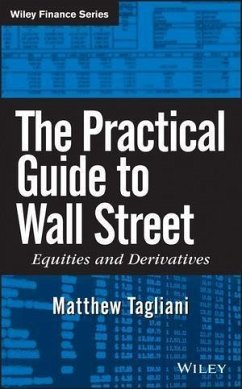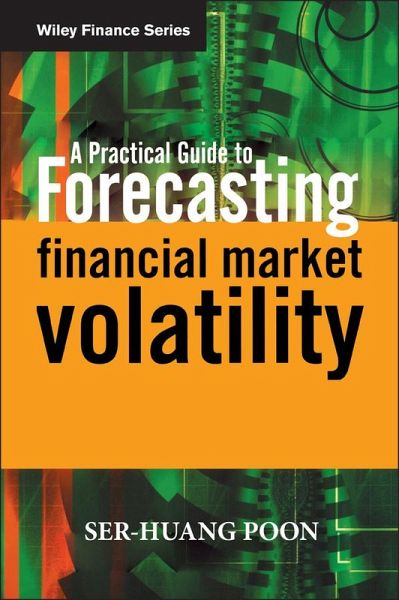
A Practical Guide to Forecasting Financial Market Volatility (eBook, PDF)
Versandkostenfrei!
Sofort per Download lieferbar
81,99 €
inkl. MwSt.
Weitere Ausgaben:

PAYBACK Punkte
0 °P sammeln!
Financial market volatility forecasting is one of today's most important areas of expertise for professionals and academics in investment, option pricing, and financial market regulation. While many books address financial market modelling, no single book is devoted primarily to the exploration of volatility forecasting and the practical use of forecasting models. A Practical Guide to Forecasting Financial Market Volatility provides practical guidance on this vital topic through an in-depth examination of a range of popular forecasting models. Details are provided on proven techniques for buil...
Financial market volatility forecasting is one of today's most important areas of expertise for professionals and academics in investment, option pricing, and financial market regulation. While many books address financial market modelling, no single book is devoted primarily to the exploration of volatility forecasting and the practical use of forecasting models. A Practical Guide to Forecasting Financial Market Volatility provides practical guidance on this vital topic through an in-depth examination of a range of popular forecasting models. Details are provided on proven techniques for building volatility models, with guide-lines for actually using them in forecasting applications.
Dieser Download kann aus rechtlichen Gründen nur mit Rechnungsadresse in D ausgeliefert werden.



